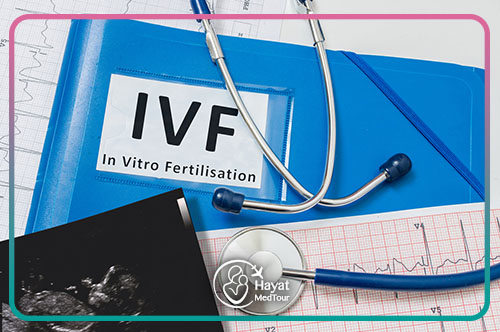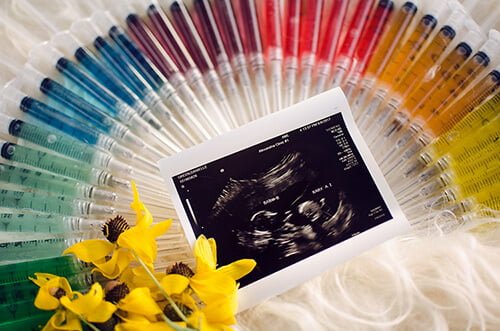Success Rates for IVF
Success rates for IVF depend on a number of factors, including the reason for infertility, where you're having the procedure done, and your age.

The CDC compiles national statistics for all assisted reproductive technology (ART) procedures performed in the U.S., including IVF, GIFT, and ZIFT, although IVF is by far the most common; it accounts for 99% of the procedures. The most recent report from 2016 found:
- Pregnancy was achieved in an average of 27.3% of all cycles (higher or lower depending on the age of the woman).
-
The percentage of cycles that resulted in live births was 22.2% on average (higher or lower depending on the age of the woman).
- ۰ نظر
- 25 August 20 ، 14:59
- ۱۹۹ نمایش


